Skip to content
 Cloud Scheduler
Cloud Scheduler
With Cloud Scheduler you set up scheduled units of work to be executed at defined times or regular intervals. These work units are commonly known as cron jobs. Typical use cases might include sending out a report email on a daily basis, updating cached data every 10 minutes, or updating summary information once an hour.
Each cron job created using Cloud Scheduler is sent to a target according to a specified schedule, where the work for the task is accomplished. The target must be one of the following types:
Cloud Scheduler is designed to provide "at least once" delivery; that is, the job will run at least once per scheduled execution. In some rare circumstances, it is possible for a job to run multiple times in association with a single instance of the schedule, so your code must ensure that there are no harmful side-effects of repeated execution. Your targets should be .
Supported regions by target
If your target is an HTTP/S endpoint or a Pub/Sub topic, Cloud Scheduler is available in all for Cloud Scheduler.
If your target is an App Engine application located within your current project:
Want to print your doc?
This is not the way.
This is not the way.

Try clicking the ⋯ next to your doc name or using a keyboard shortcut (
CtrlP
) instead.